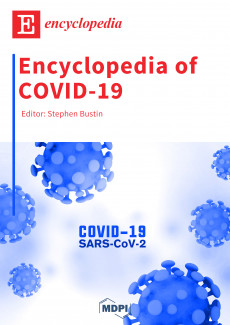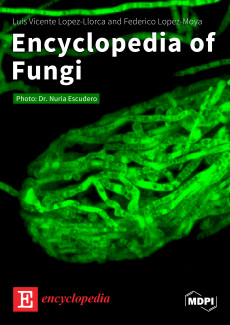Topic Review
- 143
- 22 Jan 2024
Topic Review
- 145
- 22 Jan 2024
Topic Review
- 125
- 22 Jan 2024
Topic Review
- 207
- 22 Jan 2024
Topic Review
- 234
- 21 Jan 2024
Topic Review
- 130
- 19 Jan 2024
Topic Review
- 208
- 19 Jan 2024
Topic Review
- 214
- 19 Jan 2024
Topic Review
- 128
- 19 Jan 2024
Topic Review
- 123
- 19 Jan 2024
Featured Entry Collections
Featured Books
- Encyclopedia of Social Sciences
- Chief Editor:
- Encyclopedia of COVID-19
- Chief Editor:
Stephen Bustin
- Encyclopedia of Fungi
- Chief Editor:
Luis V. Lopez-Llorca
- Encyclopedia of Digital Society, Industry 5.0 and Smart City
- Chief Editor:
Sandro Serpa
 Encyclopedia
Encyclopedia



